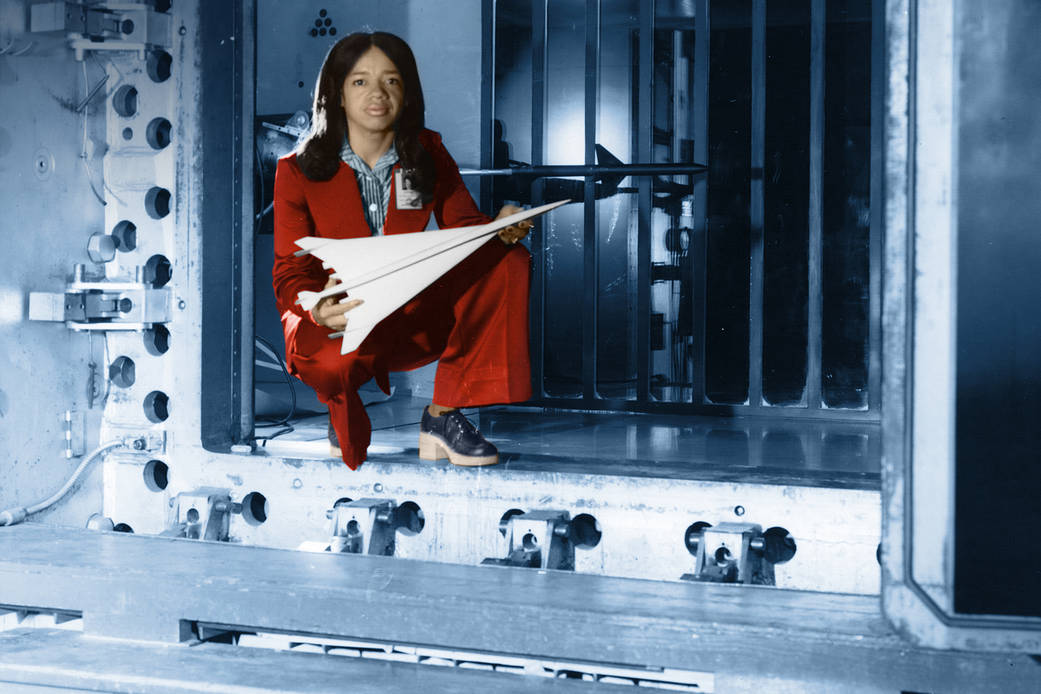In 1967, Christine Darden was added to the pool of ‘human computers’ who wrote complex programs and tediously crunched numbers for engineers at NASA’s Langley Research Center. But Darden wanted to do more than process the data — she wanted to create it.
After wading through daily calculations for eight years, Darden approached her supervisor to ask why men, with the same educational background as her (a master of science in applied mathematics), were being hired as engineers. Impressed by her skills, her supervisor transferred her to the engineering section, where she was one of few female aerospace engineers at NASA Langley during that time.
Her first assignment was to write a computer program for sonic boom. That program launched a 25-year career of working sonic boom minimization. Darden continued her education at George Washington University, and in 1983, she earned a doctorate degree in mechanical engineering.
During her 40-year career at NASA, she led an advisory team composed of representatives from industrial manufacturers and academic institutions, became the deputy program manager of The TU-144 Experiments Program, an element of NASA’s High Speed Research Program; and, in 1999, she was appointed as the director in the Program Management Office of the Aerospace Performing Center where she was responsible for Langley research in air traffic management and other aeronautics programs managed at other NASA Centers. Darden also served as technical consultant on numerous government and private projects, and she is the author of more than 50 publications in the field of high lift wing design in supersonic flow, flap design, sonic boom prediction, and sonic boom minimization.
Things certainly changed for Dr. Darden over the course of her career, as they have for women over the past 100 years. Other women before and after Dr. Darden have taken a chance to further their own equality. Food for thought as we honor the 99th anniversary of the adoption of the 19th Amendment giving women the right to vote.
#WomensEqualityDay
Image Credit: NASA



























